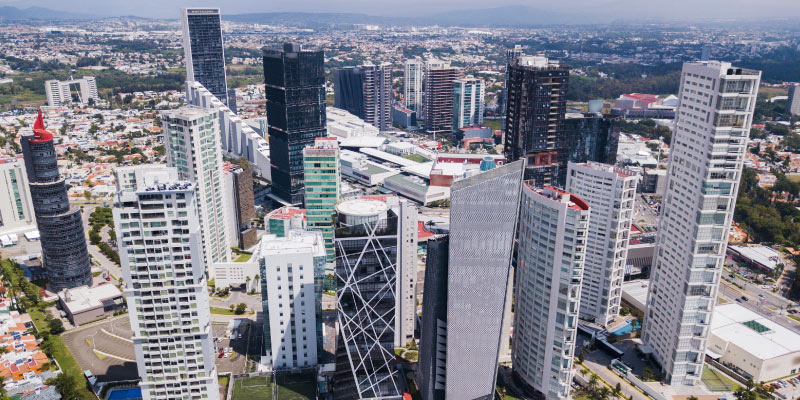
In June, UW alumnus and visiting Nelson Institute professor Eduardo Santana Castellón was presented with the Environmental Merit Award from the Jalisco (Mexico) State Congress. The award recognizes Santana Castellón’s 37-year tenure at the University of Guadalajara (UdeG) in Jalisco, where he both teaches and leads research on environmental issues.
Santana Castellón arrived on campus from Puerto Rico in 1974 to earn a degree in the Department of Wildlife Ecology. He earned that degree — plus two more — and became a driving force in the field. Some of his notable projects include helping to establish the Sierra de Manantlán Biosphere Reserve, designing the World Wildlife Fund’s Cuba Country Conservation program, and defending resources for western Mexico’s Nahua and Wixárika indigenous communities. Santana Castellón also sits on numerous boards and committees, including the Cornell Lab of Ornithology, the Aldo Leopold Foundation and the UW’s Global Health Institute.
On top of his teaching and research, a large part of Santana Castellón’s current day-to-day includes his role as director of UdeG’s upcoming El Museo de Ciencias Ambientales (MCA) — or the Museum of Environmental Sciences— a one-of-a-kind natural history museum that brings together western Mexico’s environmental past, present, and future.
The museum’s concept was born from a proposal more than 30 years ago, and in 2001, formal planning began. Santana Castellón has been at the helm of its design for the past decade as the museum moves from concept to reality. The building that houses the museum, designed by Norwegian-American architect firm Snøhetta, will live in the university’s cultural district. The building itself was designed to interact with and complement its urban surroundings, while also paying homage to Jalisco’s natural landscapes.
Inside the museum, which is nearing completion, visitors will find seven exhibition galleries with 200-some exhibits, lab and workshop spaces for school groups, an auditorium, and 12 themed rooftop gardens. “Unlike traditional natural history museums which are organized by classifications of plants and animals, or by ecosystems, whose definitions exclude humans,” describes the MCA website, “this museum is organized by landscapes that are defined by their cultural use of spaces.” For example, a stroll through la Sala Altiplano (Altiplano Gallery) will explore Mexican history and culture by looking at the stretch of desert extending between Guanajuato and Aguascalientes. “Hand in hand with a strong sensory experience, the change to a dry landscape will be perceived where flora and fauna, as well as human communities, have had to adapt to the hostile climate,” the website explains. On the other hand, la Sala Ciudad (City Gallery) will combine multimedia and interactive elements to explore both successful examples of sustainability and “unsustainable conditions that require urgent and coordinated community action.”
The MCA suffered a setback in August 2021 when the Jalisco governor pulled 140 million pesos from UdeG’s previously approved budget to finish the construction the museum. “Publicity will help the cause to finish the museum,” Santana Castellón said, and earlier this year, he returned to his alma mater to champion the cause by giving a lecture in conjunction with the UW’s Latin American, Caribbean, and Iberian Studies program about the controversy and the relationship between museums and human rights.
Santana Castellón is a fierce defender of both the University of Guadalajara and UW–Madison— and he isn’t the only thing that ties the two institutions together. In fact, they have a relationship that spans 40 years.
In 1979 — Santana Castellón’s final undergraduate semester — UW botany professors Hugh Iltis and John Doebley coauthored a paper with several international partners, including Rafael Guzmán from UdeG. In addition to discovering a new species of disease-resistant corn (and making the front page of the New York Times), Iltis, Doebley, and Guzmán also learned the benefits of cross-border collaboration.
After four decades of partnership, the UW and the University of Guadalajara made their working relationship official in 2019, signing a new agreement to collaborate on socio-environmental projects. “This friendship is one of the best examples of how the Wisconsin Idea expands internationally beyond the boundaries of the state to benefit the world,” Santana-Castellón said at the 2019 signing. “Although after four decades we might be calling the partnership the Jalisconsin Idea!”